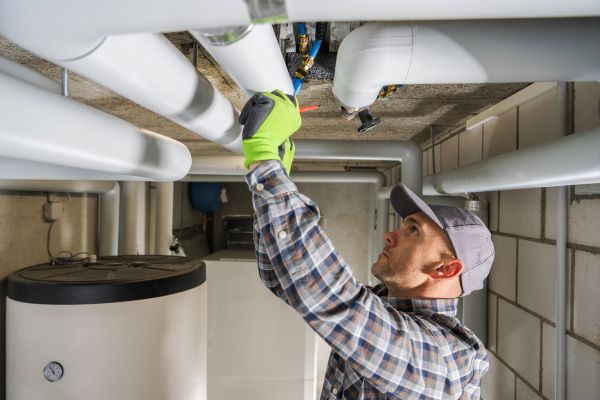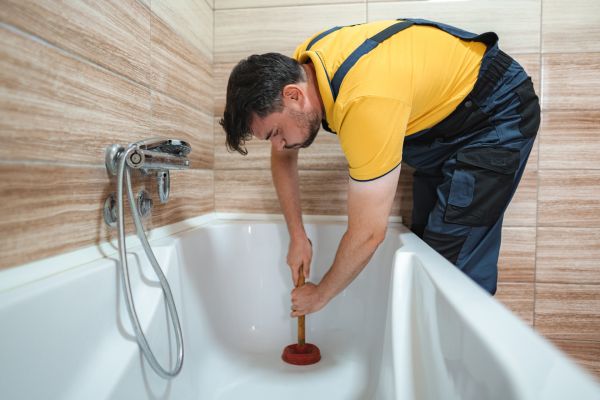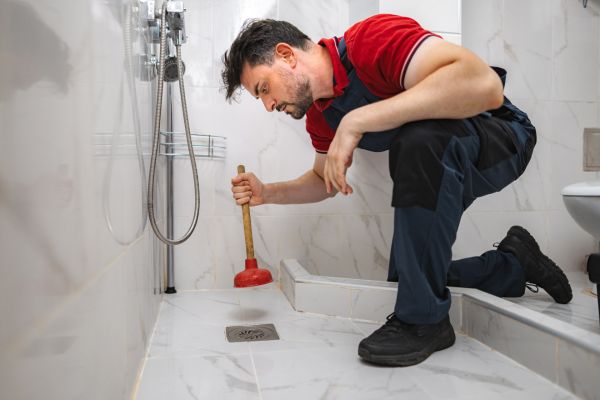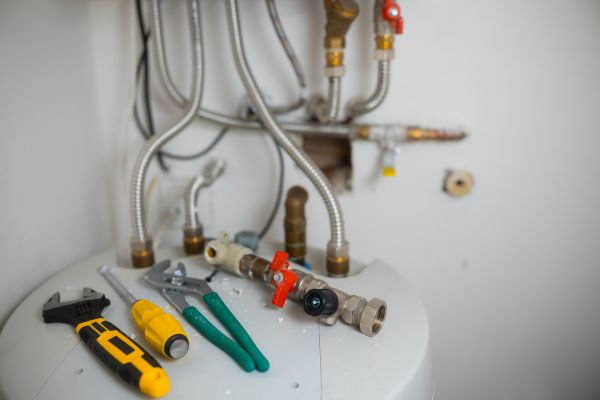Understanding how household plumbing works may seem like a daunting task at first, especially when faced with an intricate network of pipes, fixtures, and valves. Yet, beneath this seemingly complex system lies a remarkably logical and essential infrastructure that keeps our homes functioning smoothly every single day. Whether you’re washing your hands, taking a shower, or flushing the toilet, you are using a system that has been designed to deliver clean water in and take waste water out efficiently. Knowing how household plumbing works isn’t just useful knowledge—it empowers homeowners to better maintain their property and recognize early signs of trouble.
The Backbone of Your Home: Supply and Drainage Systems
At its core, the household plumbing system is divided into two main subsystems: the water supply system and the drainage system. These two sections work in tandem to ensure that water flows in and out of your home seamlessly.
The water supply system brings clean, pressurized water into the house from either a municipal supply or a private well. The water typically enters through a main line and is then directed to various fixtures like sinks, showers, bathtubs, dishwashers, and washing machines. What makes this system effective is pressure—without it, water wouldn’t be able to travel uphill or reach higher floors.
On the other hand, the drainage system works through gravity. Once water is used, it flows out of the home through a series of drainpipes, eventually connecting to a sewer system or a septic tank. Unlike the supply system, drainage does not rely on pressure but rather on precise angling of pipes to move waste water away from your home efficiently.
How Water Reaches Every Fixture
The process of delivering clean water to every fixture begins at the main shut-off valve, which allows you to control the entire water supply to your home. From there, water flows through a network of pipes that branch out to each room requiring water access. Pipes are typically made of copper, PEX, or PVC, depending on the age of the home and local plumbing codes.
Hot and cold water lines run side by side. Cold water is used as-is, while hot water is routed through a water heater before being delivered to fixtures that require warm temperatures. The water heater, whether tank-style or tankless, is another crucial component of the plumbing system that helps determine the comfort and functionality of your home.
Faucets, toilets, showers, and appliances each have their own dedicated shut-off valves, allowing for easy maintenance or emergency stoppage without cutting off the water supply to the entire house.
What Happens to the Used Water
After clean water has served its purpose, whether it has been used for bathing, cooking, or flushing, it transforms into waste water. This water enters the drainage system, which is carefully sloped to ensure that it moves swiftly and hygienically out of the house.
The drain system consists of several parts, including drainpipes, traps, and vents. The trap, usually a U-shaped pipe under each fixture, holds a small amount of water that creates a barrier to prevent sewer gases from entering the home. Vent pipes allow air into the drain system, ensuring that water flows smoothly and doesn’t create suction that could pull water from traps and allow odors to escape.
Larger vertical pipes called soil stacks or waste stacks collect drainage from multiple fixtures and direct it downward toward the main drain line. This line then connects to either a city sewer system or a septic tank for disposal and treatment.
The Role of Ventilation in Plumbing
An often overlooked yet crucial element of understanding how household plumbing works is the role of ventilation. Vent pipes do not carry water but are vital for the proper function of the entire drainage system. Without venting, draining water could create negative pressure, potentially sucking water out of traps and leading to foul odors and poor drainage performance.
These vents typically extend through the roof, allowing sewer gases to escape into the air while also introducing fresh air to maintain neutral pressure in the pipes. This balanced pressure helps water flow freely and ensures that every fixture drains as it should.
Maintaining the Balance: Water Pressure and Flow
Water pressure is another critical factor in how household plumbing works. Low pressure can mean slow-flowing taps and ineffective showers, while high pressure can damage pipes and fixtures over time. A pressure-reducing valve may be installed where the main line enters your home to keep levels within a safe and comfortable range.
Flow is also managed by aerators on faucets, low-flow showerheads, and water-saving toilets. These features not only conserve water but also optimize the efficiency of the system without sacrificing performance.
Plumbing Codes and Safety Measures
Behind every functional plumbing system lies a set of codes and safety measures that ensure health and efficiency. Plumbing codes dictate everything from the diameter of pipes to the spacing between fixtures, all designed to prevent contamination, leaks, or other hazards.
For instance, backflow prevention devices are installed to stop contaminated water from re-entering the clean water supply. These safety measures are not just recommendations—they are often legally required and serve to protect both the household and the broader community.
Common Problems and Prevention
Understanding how household plumbing works also prepares you to recognize and prevent common issues. Leaks, clogs, and water hammer (a knocking noise in pipes) are all signs that something isn’t functioning as it should.
Proactive maintenance, such as insulating pipes, routinely checking for leaks, and being mindful of what goes down the drain, can prevent many problems before they escalate. Having a basic awareness of the system allows homeowners to take swift action or effectively communicate with a plumber when professional help is needed.
Why Every Homeowner Should Understand Plumbing Basics
Knowing how household plumbing works provides more than just technical knowledge—it offers peace of mind. When you understand the flow of water through your home, the significance of pressure, and the importance of traps and vents, you’re better equipped to maintain a healthy living environment.
Additionally, this understanding can help you make informed decisions when renovating, installing new fixtures, or upgrading systems for better efficiency and sustainability.
Bringing It All Together
Plumbing may be hidden behind walls and beneath floors, but it plays a vital role in everyday comfort and sanitation. Once you begin to understand how household plumbing works, the pipes and valves that once seemed mysterious become familiar tools in a well-orchestrated system. From delivering fresh water to removing waste safely, every component has a purpose and a place in the larger network. Whether you’re aiming to troubleshoot an issue or simply be a more informed homeowner, this foundational knowledge is invaluable for maintaining a functional and efficient home.



